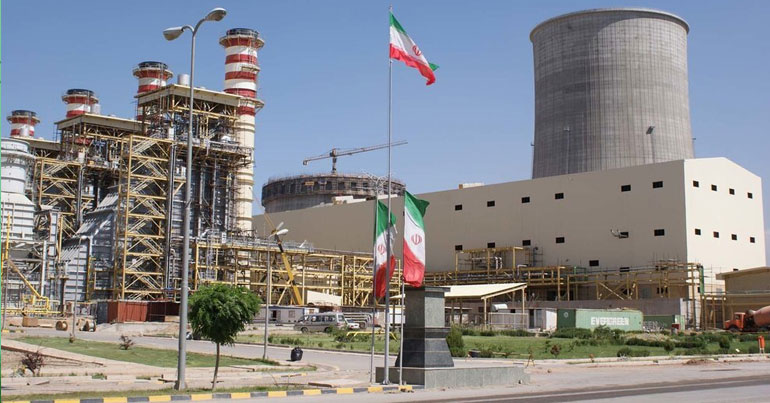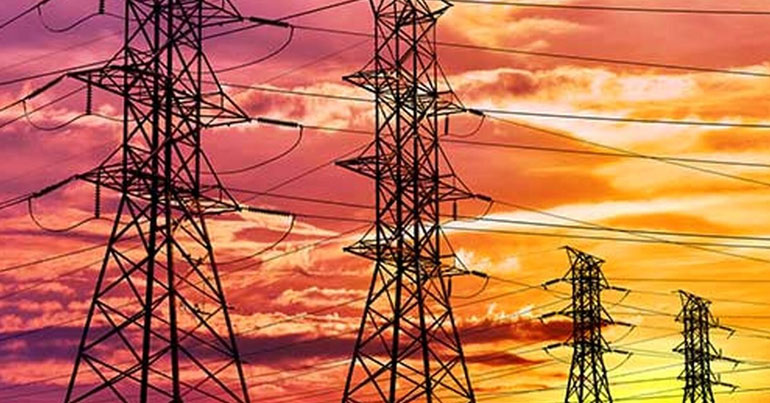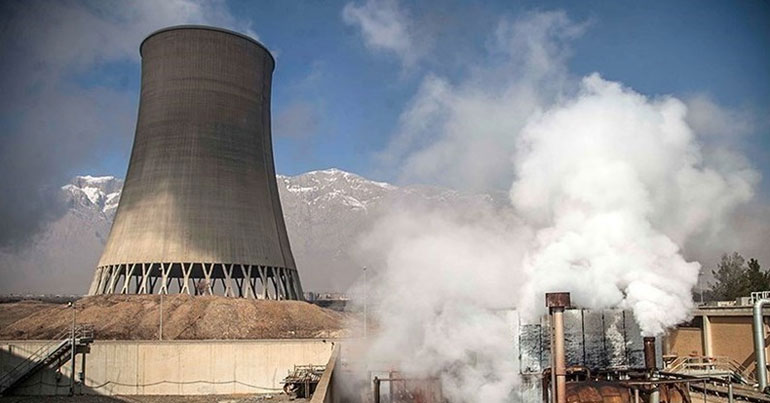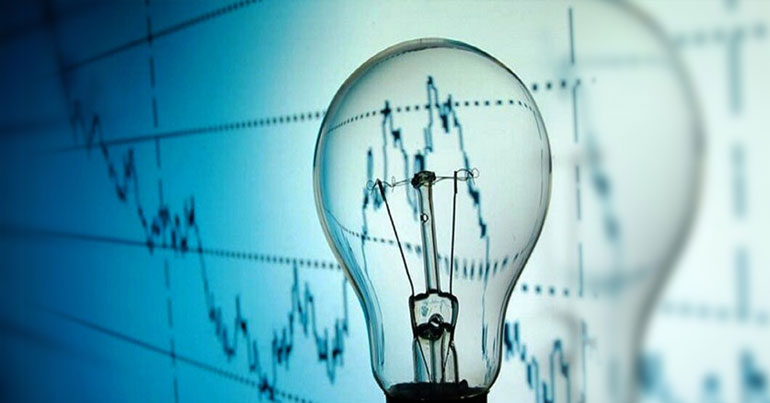The project laid the groundwork for modernizing Iran’s electricity sector by proposing a structured pathway to corporatisation and privatisation. By aligning the sector with global best practices, the project aimed to enhance financial sustainability, attract private investment, and improve service delivery. Although the political and economic environment presented challenges to full-scale implementation, the strategic framework developed during this project provided a foundational approach to reform. The World Bank’s involvement helped set the stage for subsequent reforms aimed at transforming Iran’s energy landscape.
— Iran —
corporatization. privatization. modernization.






Reforming Iran’s Electricity Sector: A Strategic Approach to Corporatisation and Privatisation
"Corporatisation and privatisation are not merely economic adjustments; they are strategic transformations that empower sectors to thrive in a competitive global environment." – World Bank Report, 1991
Challenge
In 1991, Iran's electricity sector faced significant structural and operational challenges. The sector was heavily centralized, with the government maintaining tight control over generation, transmission, and distribution. This structure led to inefficiencies, lack of investment, outdated infrastructure, and low financial sustainability. Moreover, the sector lacked the corporate governance necessary for effective management and innovation. Recognizing these critical challenges, the World Bank initiated a strategic project to assess the institutional structure of Iran’s electricity sector and develop a comprehensive strategy for corporatisation and privatisation. The ultimate goal was to improve efficiency, increase private sector participation, and modernize the sector to meet growing energy demands.
Strategy
The World Bank, in collaboration with Iranian authorities and international experts, conducted a thorough assessment of the electricity sector's institutional framework. The analysis revealed several key areas requiring reform, including regulatory frameworks, management practices, and financial structures. The project proposed the following strategic recommendations:
- Corporatisation of State Entities: Transforming state-controlled electricity entities into autonomous corporate structures with clear governance and accountability. This would enable better management practices and financial independence.
- Establishing an Independent Regulatory Authority: Creating a regulatory body to oversee tariff structures, licensing, and service quality, ensuring fair competition and consumer protection.
- Promoting Private Sector Participation: Implementing policies to encourage private investment in power generation and distribution, reducing the financial burden on the government.
- Privatisation Strategy: Gradually divesting government stakes in power generation and distribution companies while maintaining regulatory oversight to safeguard public interests.
- Financial Restructuring: Introducing cost-reflective tariffs to improve financial viability and reduce the dependence on government subsidies.
- Capacity Building: Training local managers and staff to operate within a corporatised and competitive environment, fostering a culture of efficiency and innovation.